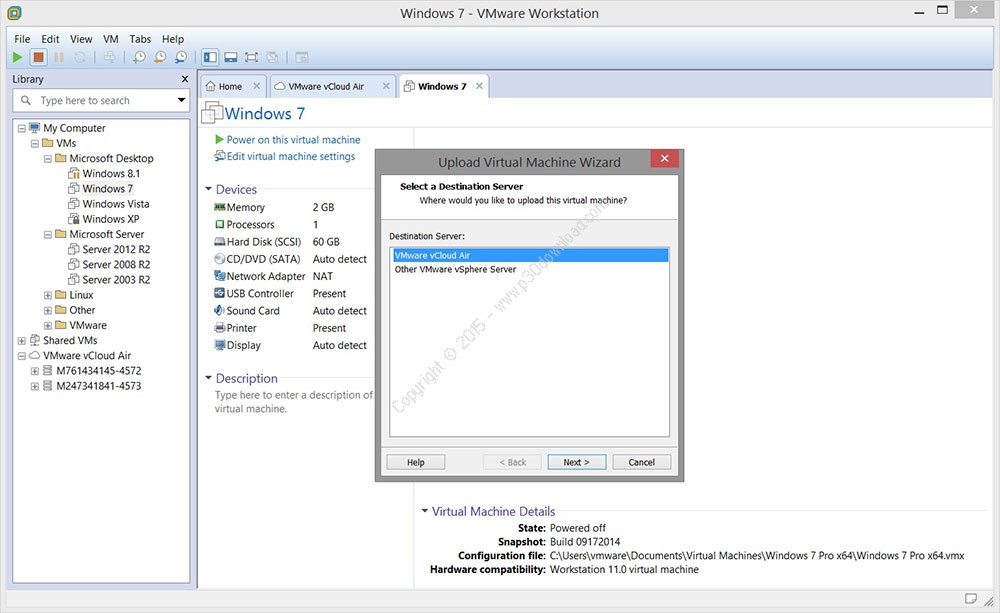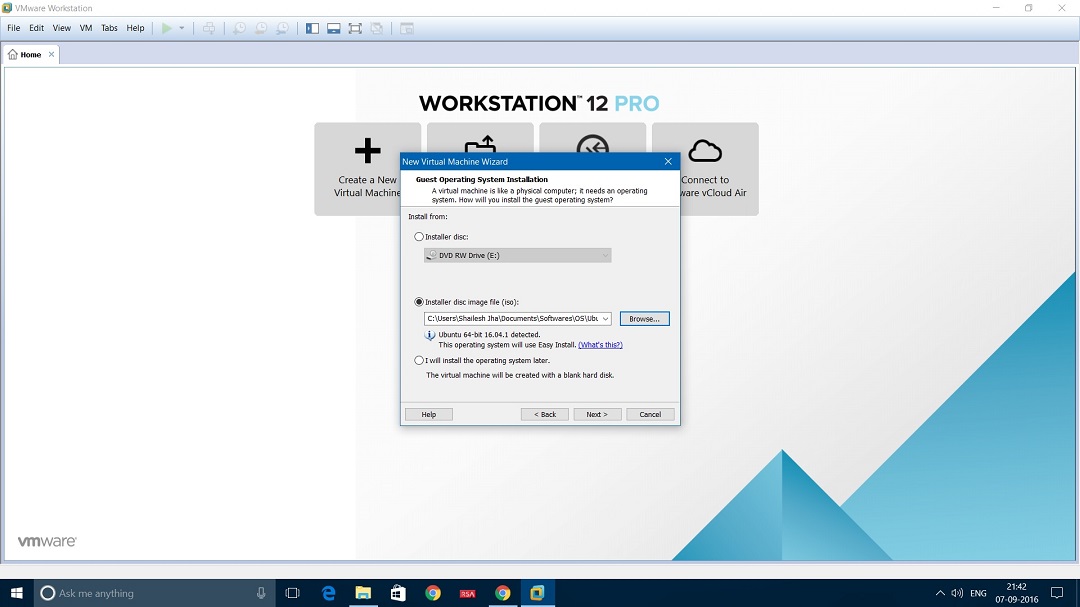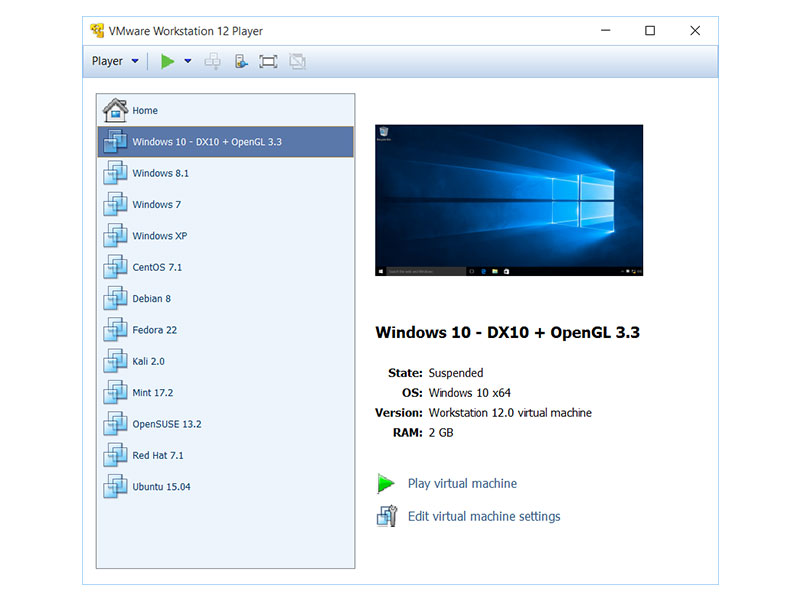

You may also use the keyboard shortcut Ctrl+Alt+T. Open terminal (red arrow) from the left sidebar menu. On the Offensive Security image, enter ‘ root‘ for the username with the default password of ‘ toor‘. This will be fixed in the configuration changes below. If this appears, select ‘Remind Me Later’. You may see the notification bar on the bottom of Workstation show a note about VMware Tools. When presented with the screen below, select “I Copied It”. I will leave these as the default for now. The defaults for the Offensive Security images work fine, but you may wish increase or decrease settings such as the memory, processors, hard disk, and network adapter. vmx file contained within.Įdit the virtual machine settings as needed. In VMware Workstation Pro, from File > Open, open your newly extracted folder and select the. If you are already familiar with the OS, you may download the most recent version here.Įxtract the contents of the image ( 7-zip). *It is highly recommended to use the images from Offensive Security if you have not previously used Kali Linux. The 64-bit VM is the best choice for our purposes. This simplifies the process of creating a new virtual machine from the Kali Linux ISO. Offensive Security releases custom versions of Kali Linux for virtualization. *This tutorial uses Workstation Pro 12, but Workstation Pro 14 is the newest version as of today. The 30-day trial version is available here or you may use free alternatives such as VMware Player or Virtualbox.


Kali Linux image 2017.2 from Offensive Securityĭownload and install VMware Workstation Pro from VMware.This tutorial demonstrates how to install and configure Offensive Security’s Kali Linux image in VMware Workstation.


 0 kommentar(er)
0 kommentar(er)
